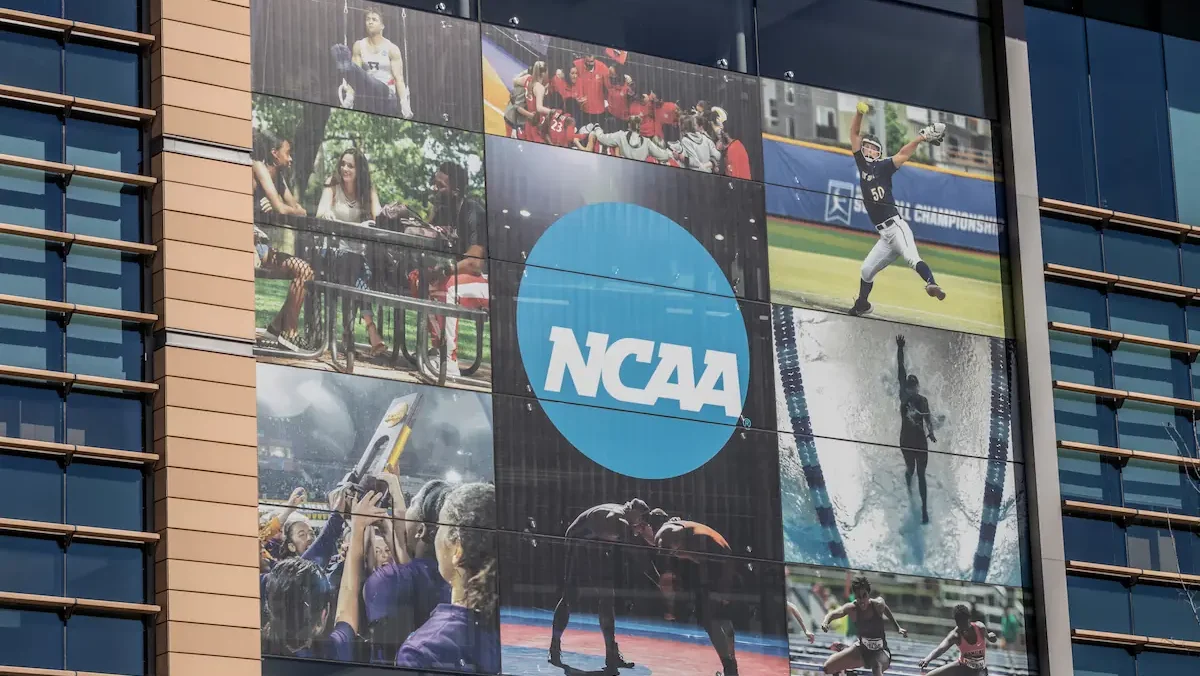Latest Sports Picks, News and Previews

Crowning an NCAA Football (NCAAF) National Champion has been controversial for 150+ years. Beginning in the late 1800s with just two teams, NCAA Football evolved slowly but surely, becoming the nationwide game we know and love today.
In this article, we will take you through NCAAF Championship history, the various eras of college football and the different methods used to declare a team(s) as the NCAA Champions.
College football began in 1869 when Princeton and Rutgers were the only two teams in the nation. They played two games in which they split 1-1, making them co-champions. In the 1870s, new teams began forming, and football was still evolving into its own unique sport.
Princeton was known as the first college football dynasty in this decade, as they were crowned champions in five years out of ten. From 1880-1900, Yale established themselves as the new dynasty, collecting a boatload of championships. From this point on, things only get more complicated.
As more teams established themselves in the early 1900’s, voting became much more complicated, causing more controversy. It became more common for multiple teams to be crowned champions at this time.
Once the 1920s rolled around, college football finally moved outside the Ivy League and went nationwide. Alabama and Notre Dame became national powers in this era until Minnesota and USC took the reins during the Great Depression years of the 30’s. From there, the 1940s saw dominance from Army for the first time, and Ohio State won their first-ever title.

In the 50’s and 60’s, the NCAA saw a more diverse group of champions as the game continued to grow across the country. At this time, the AP and Coaches’ polls caused a lot of controversial championships. Strength of Schedule was difficult to weigh at that point, which caused a lot of discussion.
Throughout the 70s, Alabama continued to prove themselves as a force, claiming three more championships in this time frame. The 80s saw Miami emerge as a threat because they collected three championships. Football was gaining serious traction at this point and evolving as a sport with more athleticism and better strategy.
Lastly, the 1990s saw nine different champions close out an important period in NCAAF Championship history, as the Bowl Championship Series (BCS) formed in 1998.
With the BCS in place as of 1998, there was a bit more structure for crowning champions. The system wasn’t perfect, but it was heading in the right direction.
2001 saw a Miami team that is recognized as one of the greatest teams ever, playing a tough style of football. Then LSU, USC, and a Florida team led by Tim Tebow all secured two championships before 2010. Auburn, Alabama, and Florida State then closed out the BCS era with championships, which led us into the modern era of the College Football Playoff in 2014.
Finally, in 2014, the NCAA established its modern format, the College Football Playoff (CFP). The CFP featured the four best teams in the nation in a mini bracket-style playoff.
Ohio State won the first-ever CFP in 2014, followed by Alabama and Clemson, who went back and forth trading championships through 2018. Joe Burrow and LSU made an epic championship run in 2019 before Nick Saban led Alabama to a perfect season in 2020 during the pandemic. The Georgia Bulldogs won their first championship since 1980 in 2021 and went on to repeat in 2022. Lastly, Michigan won the most recent NCAA College Football Championship, whose epic defense propelled them to victory.
From here on out, starting in 2024, the NCAA will have a 12-team College Football Playoff. The top four seeds will get a first-round bye and face the winners of the first round. These quarterfinals will consist of the Fiesta Bowl, Peach Bowl, Rose Bowl and Sugar Bowl. Winners will then square off in the Orange Bowl and Cotton Bowl for a chance to play in the CFP National Championship.

Dylan has had a love for sports since he was a kid. Four years ago, he decided to dive into the sports content-creating industry specializing in Fantasy Football, NFL and NBA. He has since had his work published on sites that include Fantasy Alarm, Fansided, and Fantasy Six Pack.